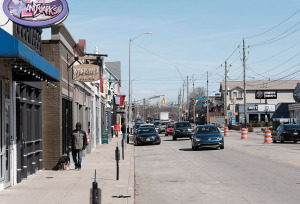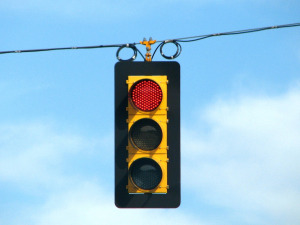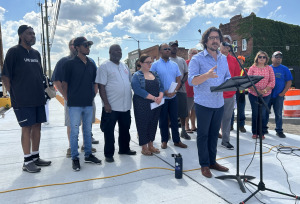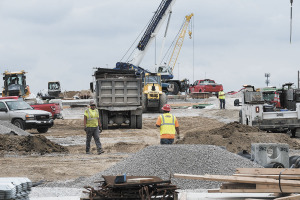
Indianapolis prepares for $17.5 million bridge rehabilitation, including two-year closure
Indianapolis city officials on Thursday announced plans to spend $17.5 million to rehabilitate a 76-year-old bridge over the White River. Construction crews are expected to begin rehab on the 16th Street Bridge, which connects Haughville to the west side of downtown Indianapolis, by the end of 2024. In the first few months, contractors will work […]
















